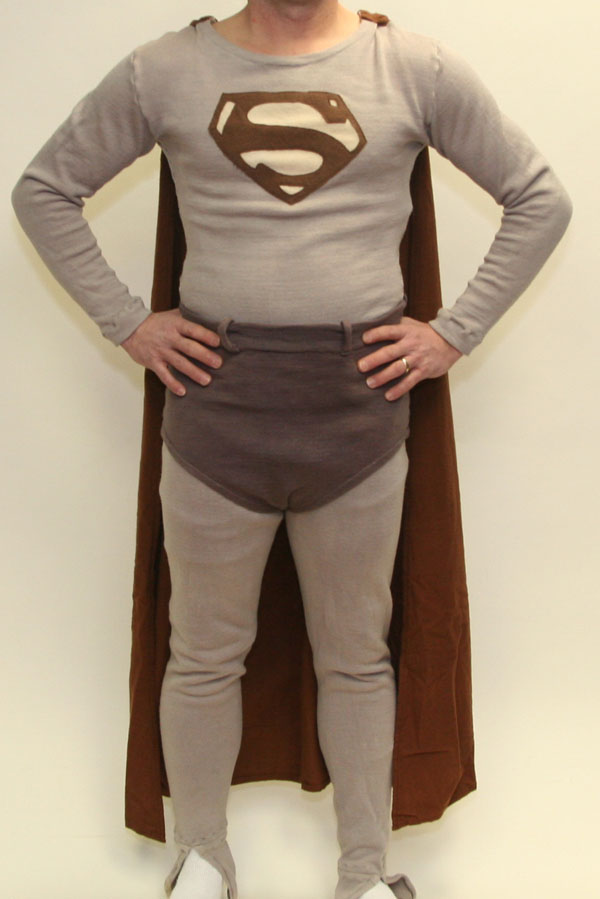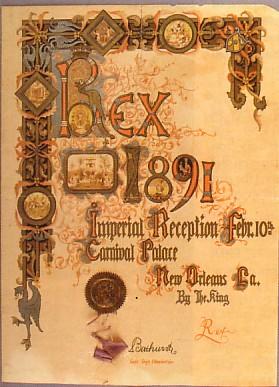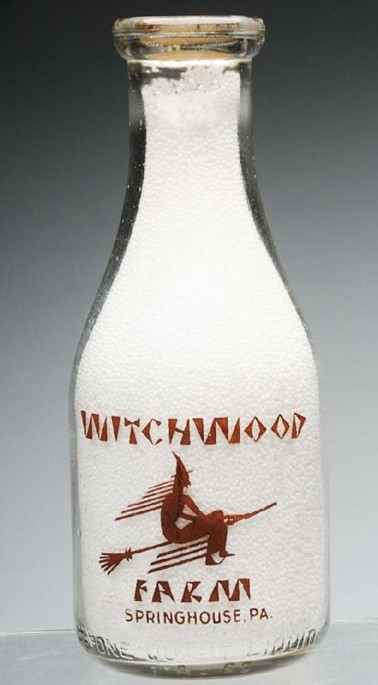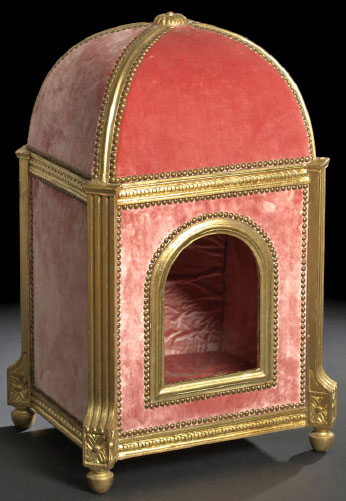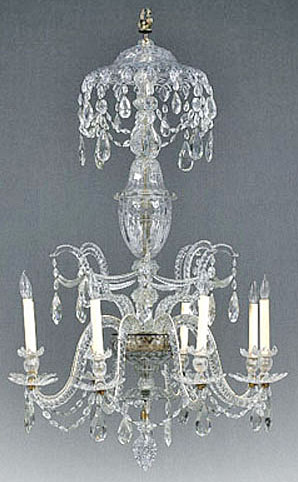The entire collection of the defunct American Super Heroes Museum was sold by Antique Helper Auctions on January 22, 2011, at the auction company’s facilities in Indianapolis.
The museum operated in Indianapolis from March to December 2007. When the museum defaulted on its lease, the landlord sued. The judgment in favor of the plaintiff allowed the landlord to recover funds through the sale of the museum’s holdings.
Those items comprised the lifetime superheroes collection of Dane K. Nash of Fishers, Indiana. Superman was at the heart of the collection, with some notable Batman items also once on view, as well as memorabilia representing a variety of other characters.
The best of the Superman material consisted of various costumes. Although the museum had represented those items as original set-used material, Antique Helper offered no guarantees on anything in the sale.
The catalog noted, “Antique Helper, Inc. makes no claim of authenticity. No warranty is made as to any printed claims of authenticity regarding memorabilia. Any statement or record of guarantee of authenticity, with or without provenance, previously made in regard to any item in this auction is not relevant to this sale. It should be understood that any item carries the risk of being an unauthorized replica.”
The cataloged portion of the sale consisted of 114 lots available live (with more than 150 people attending) and on Artfact. Those items realized realized more than $65,000 plus buyer’s premium. Hundreds of uncataloged items were also sold. There were no reserves in either session.
The highest price realized was $6,300 (including buyer’s premium) for a Superman costume in style of the one worn by George Reeves on The Adventures of Superman 1960s TV series. Also sold was a similar gray and brown costume intended for shooting on black and white film.
A replica of Batman’s Batboat, sold for $6,000, in addition to various other items including 16mm films, signed photos and action figures.
-Don Johnson, Editor, p4A.com
To search the Prices4Antiques antiques reference database for valuation information on hundreds of thousands of antiques and fine art visit our homepage www.prices4antiques.com.


